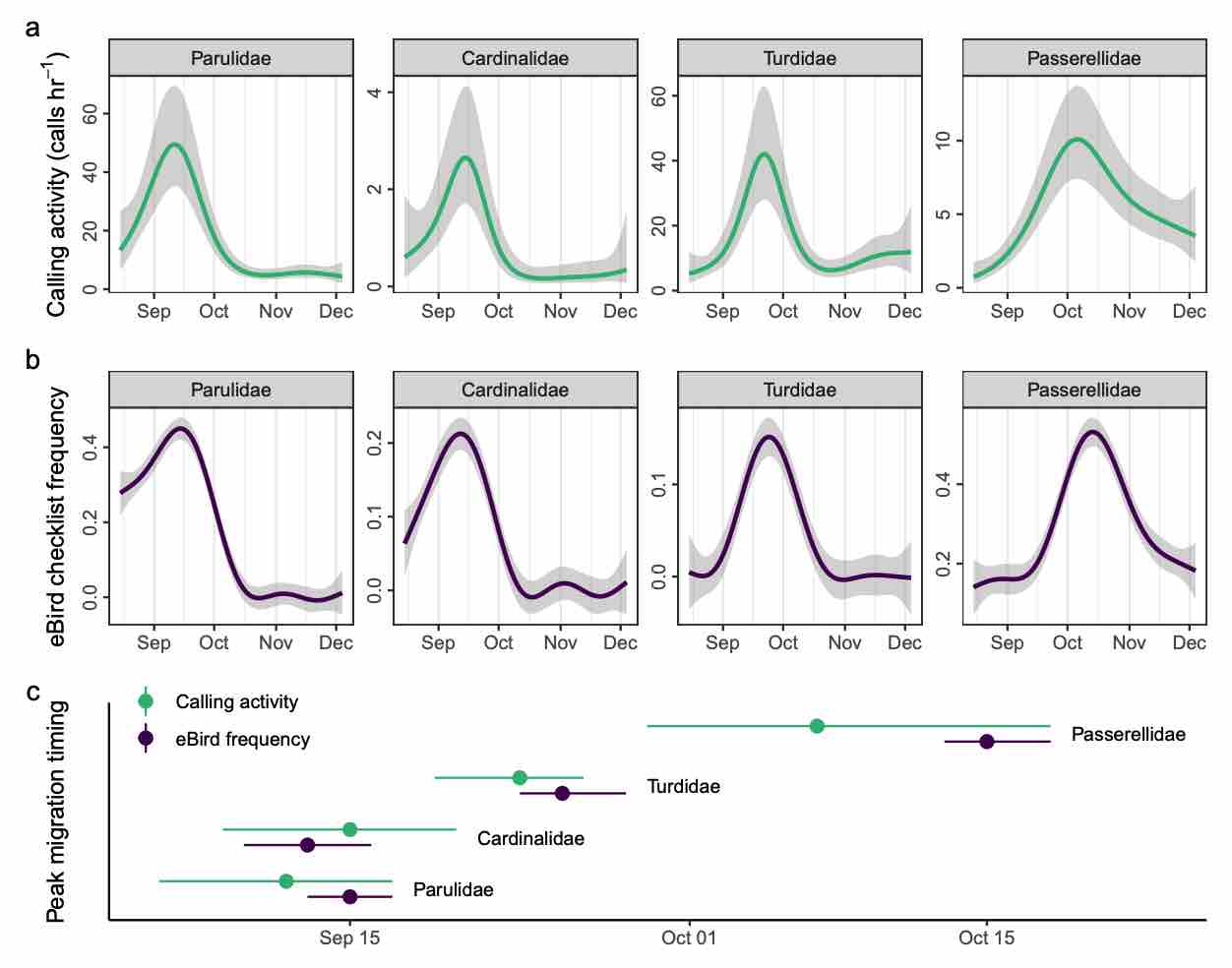
Automated acoustic monitoring captures timing and intensity of bird migration
Articles dans une revue
Auteurs : Benjamin M van Doren, Vincent Lostanlen, Aurora Cramer, Justin Salamon, Adriaan Dokter, Steve Kelling, Juan Pablo Bello, Andrew Farnsworth.
Publié dans : Journal of Applied Ecology
Date de publication : 2022
